Major alternative energies meeting kicks off tomorrow

For ten years now, the Monaco Energy Boat Challenge organised by Yacht Club de Monaco has been establishing itself as the big meeting for alternative energy sources, honouring a long tradition that “Monaco has always been a mecca for yachting since 1904 when the Principality organised the first powerboat meetings,” as YCM General Secretary Bernard d’Alessandri recalls.
50+ units and 23 nations engaged in yachting’s energy transition expected in Monaco in July
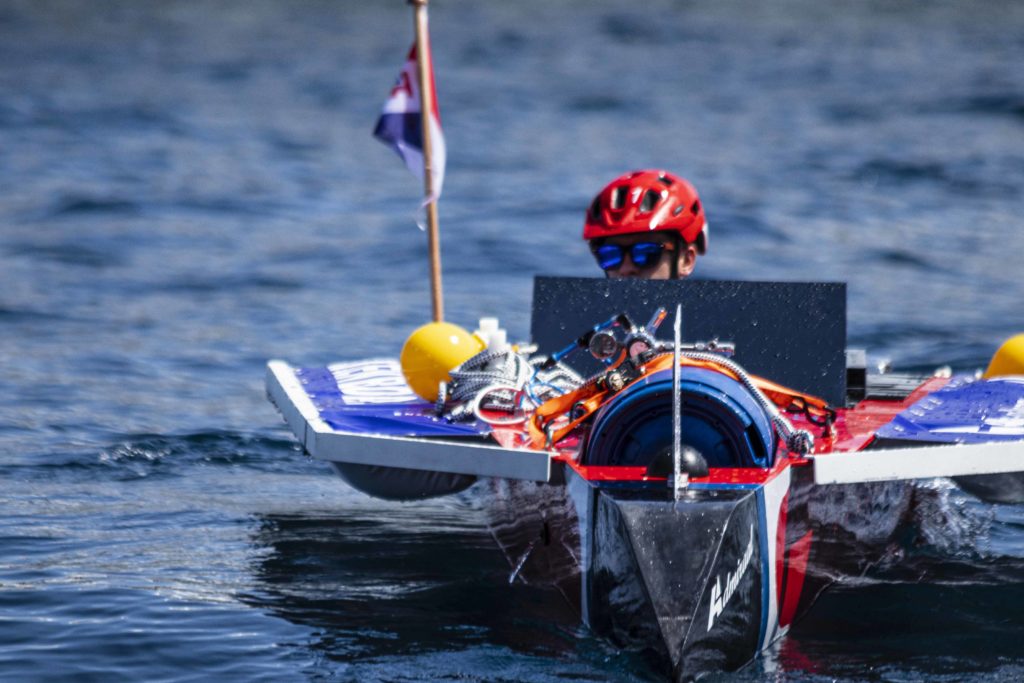
Just weeks to go before the start in the Principality of the Monaco Energy Boat Challenge, the largest meeting for alternative energy sources organised by Yacht Club de Monaco. Already 27 teams have completed their registrations in the Solar and Energy classes, categories composed mainly of engineering students.
Urging a more responsible yachting industry through alternative energy sources, innovation and collaboration

“Yachting is not like any other industry. There is a passion associated that is very strong and we must keep this in mind to find acceptable solutions. We need to build the future of yachting in a reasonable way. And that is the whole point of us all being here today,” began Bernard d’Alessandri, YCM General Secretary and President of Cluster Yachting Monaco opening the 12th Environmental Symposium. Organised under the collective Monaco, Capital of Advanced Yachting brand on Yachting Day, run by YCM during the 6th Monaco Ocean Week, the meeting focused on the upcoming 10th Monaco Energy Boat Challenge.
Energy Class: 17 teams selected
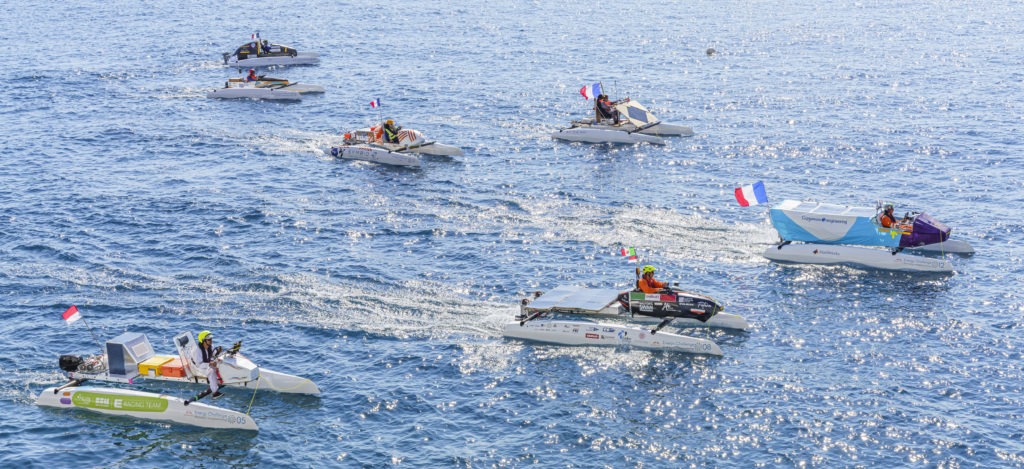
he annual meeting for alternative energy sources once again descends on Monaco 3-8 July for the three emblematic categories of the Monaco Energy Boat Challenge: Solar Class, Open Class and Energy Class, the latter having closed registrations. Newcomers, some unusual projects and new initiatives will be putting on a show for this 10th edition with plenty of surprises in store for contestants and the public alike. Organised by Yacht Club de Monaco in partnership with Prince Albert II of Monaco Foundation, and support of Credit Suisse, BMW, SBM Offshore and shipyard Oceanco, the event is under the aegis of Monaco, Capital of Advanced Yachting.
Pre Registration for the Solar & Energy Class are now Open!
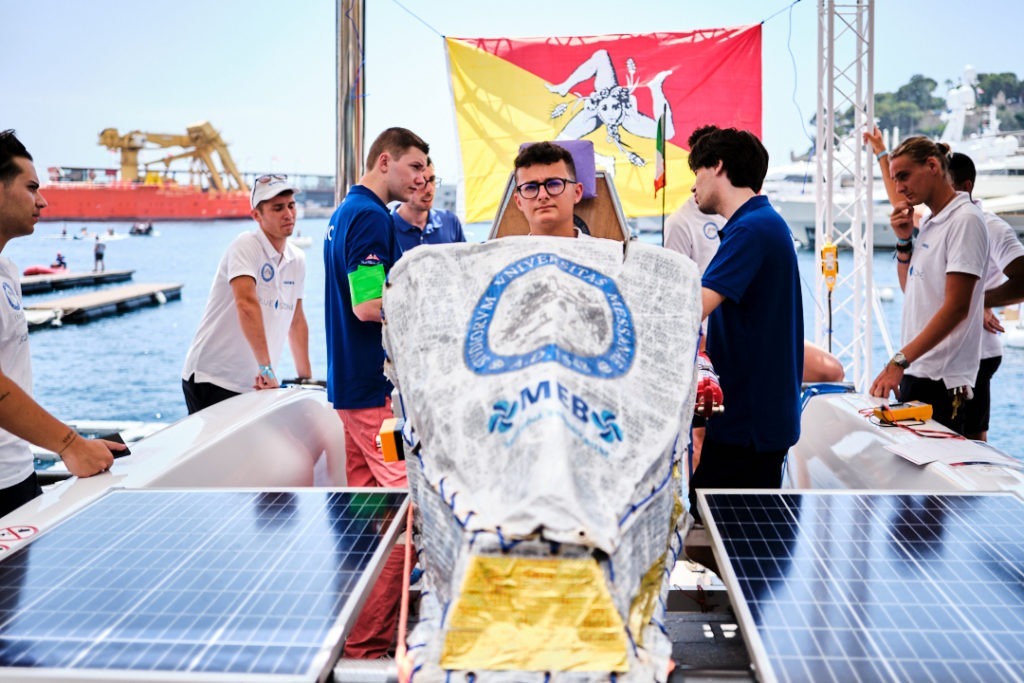
The teams willing to take part in the 2023 Challenge will be following a registration process which will include the review and validation of their proposed boat by their respective technical committee. Once the projects are validated the teams will be officially announced to the Public. The Energy Class Teams will be unveiled on January 15th while the Solar Class Team will be unveiled in March.
10th Anniversary edition – The Notice of Challenge is now available online
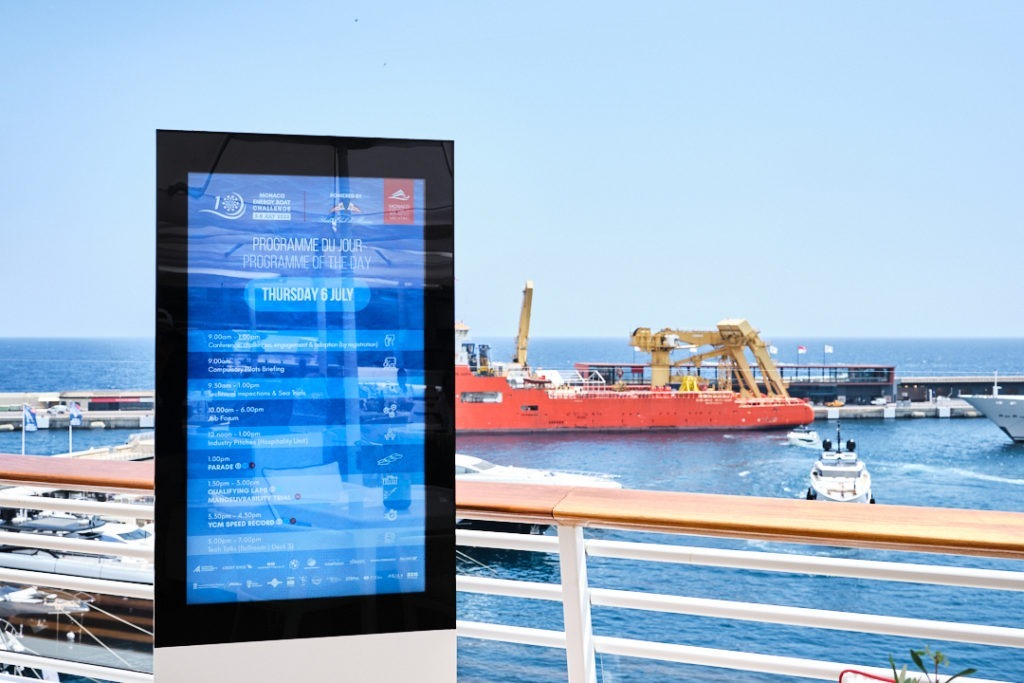
Presentation of the updated rules of participation and program for the 10th edition of the Monaco Energy Boat Challenge, under the aegis of the Yacht Club de Monaco’s collective umbrella brand, Monaco, Capital of Advanced Yachting. The event brings together universities and industry to discuss sustainability in yachting and alternative propulsion systems.
Today: 9th edition kicks off
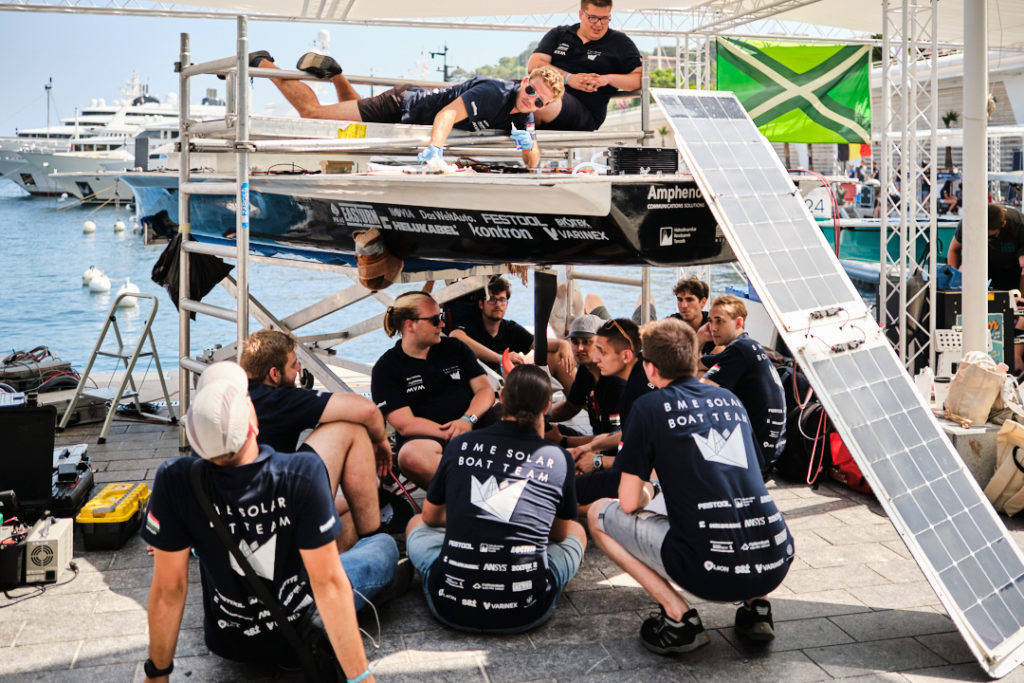
Today, the Village and Paddocks are open at the 9th Monaco Energy Boat Challenge, the big meeting of alternative power sources, perpetuating a tradition in the Principality which in 1904 was at the cutting edge of boat propulsion innovation. Professionals, exhibitors and young engineers are all here again in Monaco set to demonstrate, present and test their latest innovations to an audience of experts and the curious, including Indian sailor Abhilash Tomy, here to support his nation’s team taking part for the first time at an international motorboating event, and explorer Mike Horn.
Goal: power sustainable navigation
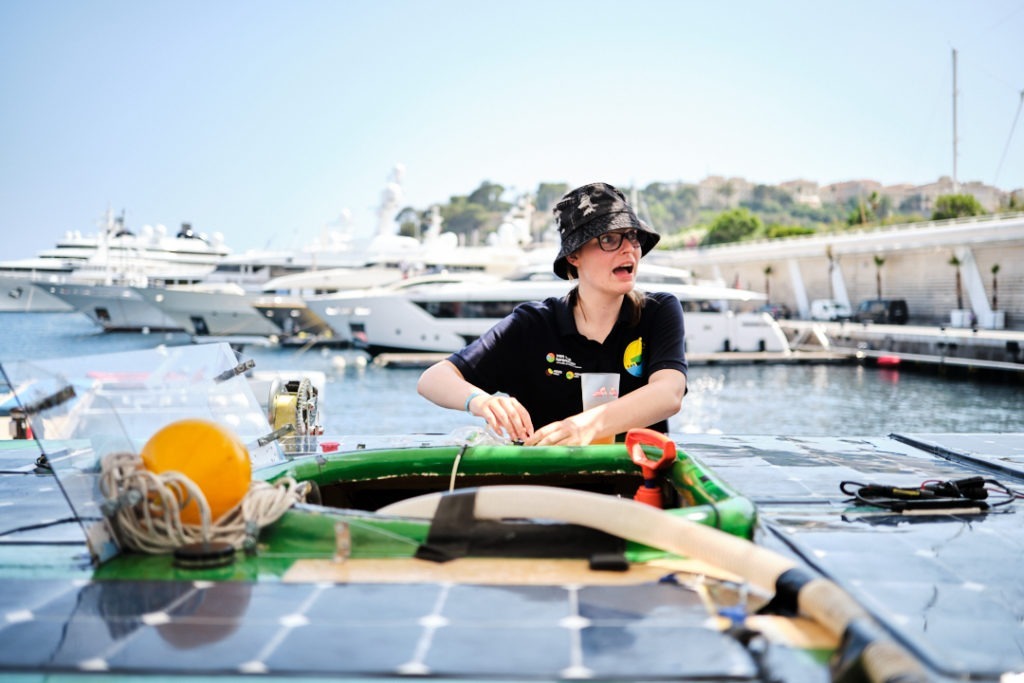
Key to our economy and the planet’s lungs, the ocean covers 70% of the Earth and produces 50% of its oxygen. Facts that make us realise the urgent need to protect it. All year round, Monaco Energy Boat Challenge contestants and the yachting industry work together to re-design the face of the industry to help achieve this. It is by exploiting all avenues of maritime innovation that a new chapter will be written in the luxury yacht sector.
Technology applied on all levels

This week is also a chance to see other new technologies in action, for example the flexible solar fabric (Solar Cloth), recently acquired by YCM as part of its sustainability approach to optimise energy usage linked to nautical events. Placed on a battery pack, the system produces electricity that is fed back into the YCM grid, like that generated by floating solar panels installed in a partnership with gas and electricity company, SMEG. Meanwhile, a pontoon producing green hydrogen from renewable energy sources will be moored in the YCM Marina thanks to SBM Offshore whose SBM E-Racing Team will be refuelling their boat from this facility. Still on hydrogen, EODev will demonstrate the 100kVA electro-hydrogen zero emission GEH2 generator.
Job forum : in the search for young talent
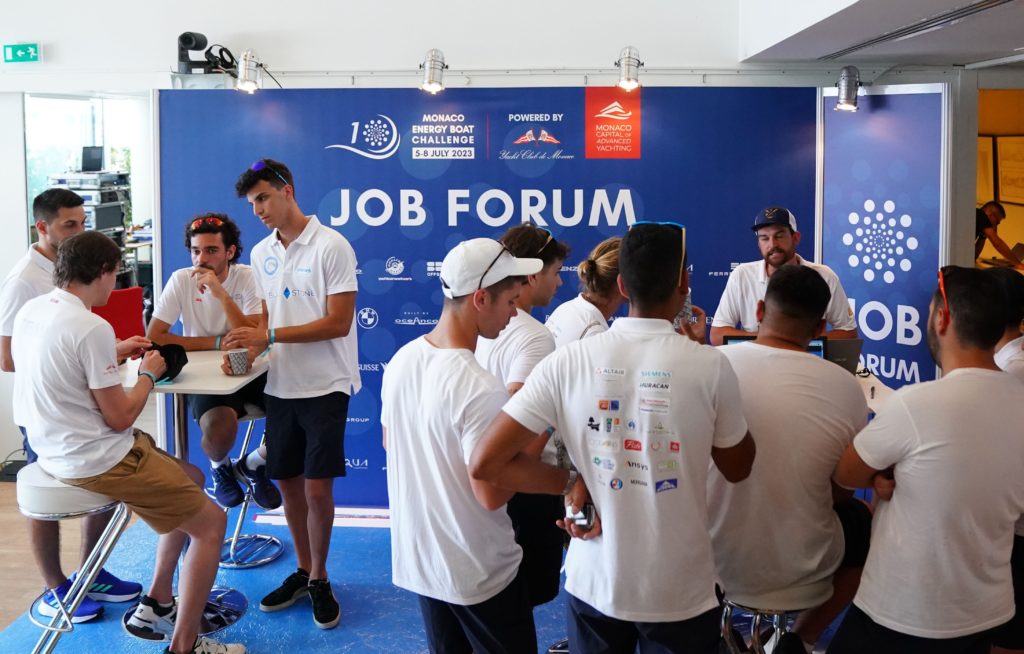
As part of the collective ‘Monaco, Capital of Advanced Yachting’ umbrella to position the Principality as a centre of excellence in this industry, the Monaco Energy Boat Challenge organisers have been running a Job Forum since 2019. It is proving once and for all how the yachting industry generates jobs. Since the first year, around 20 young people have either had an internship or employment at companies in the sector.

